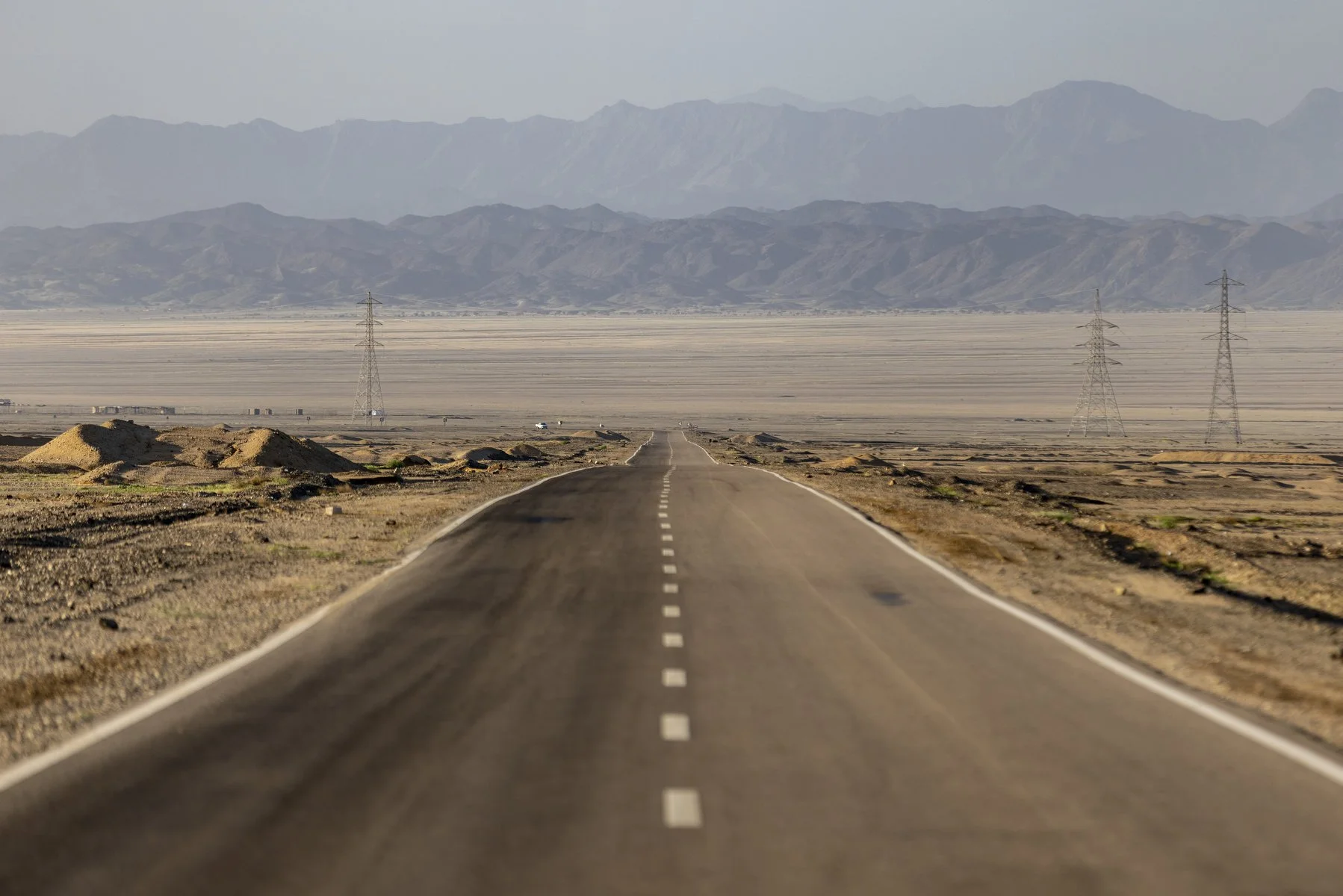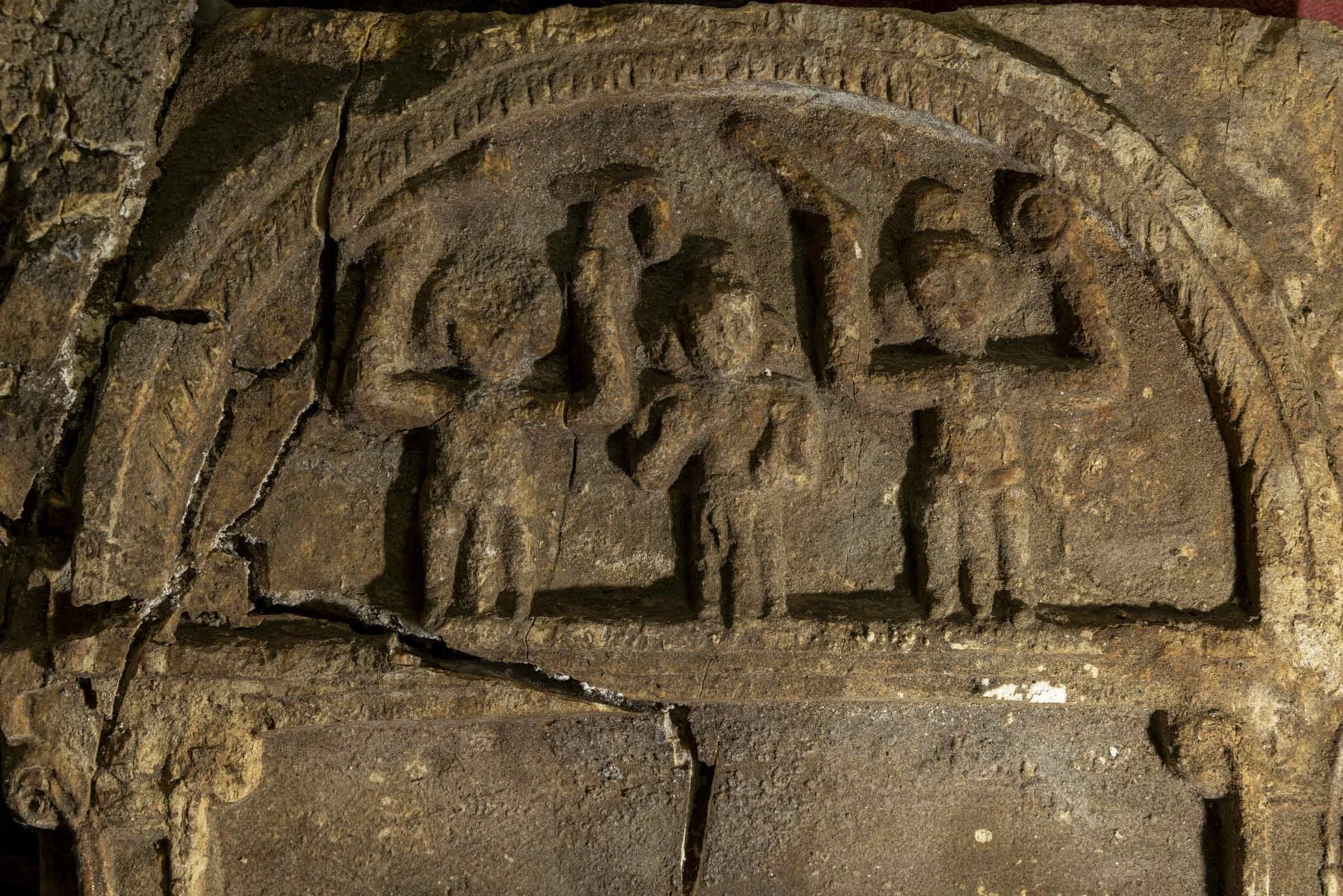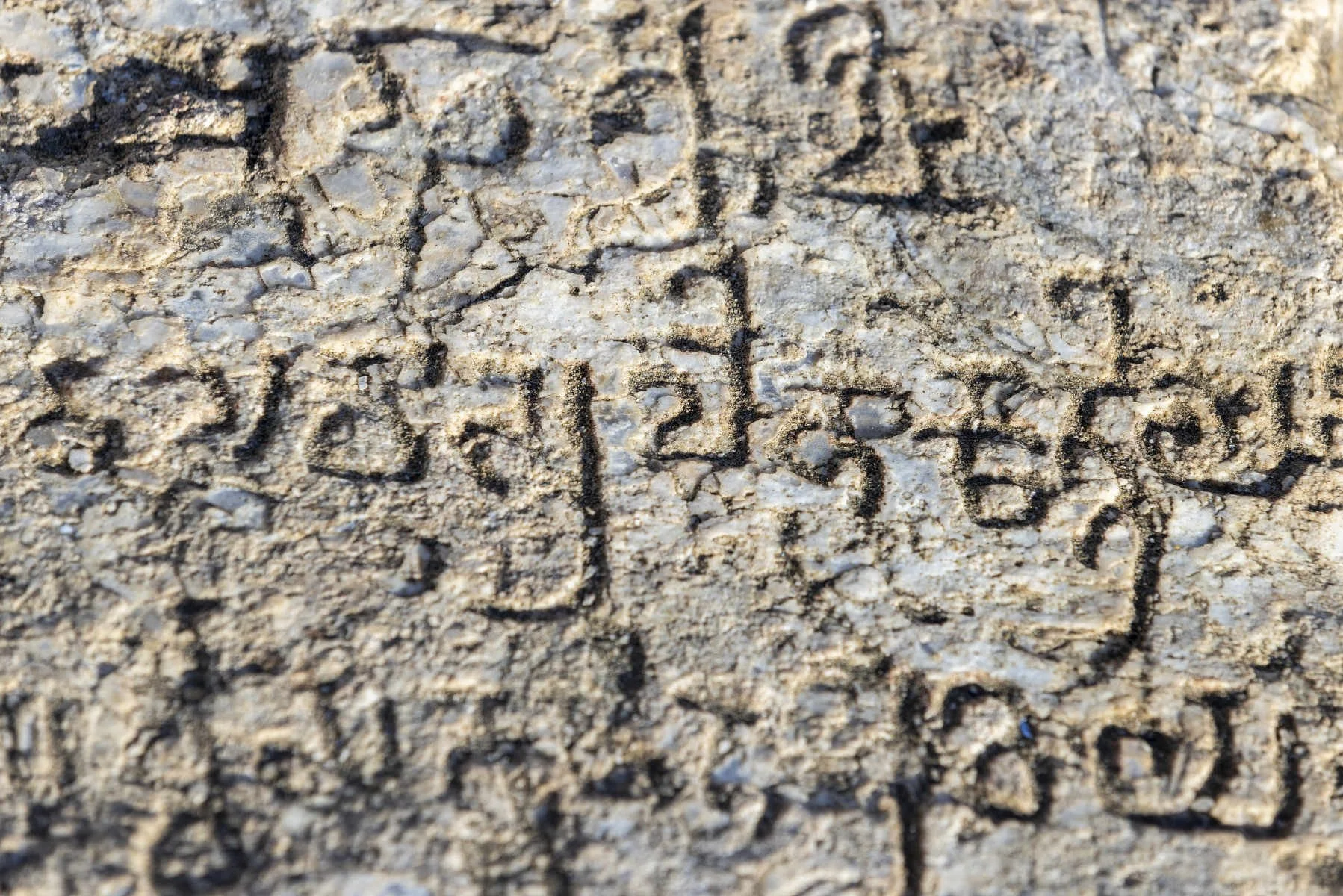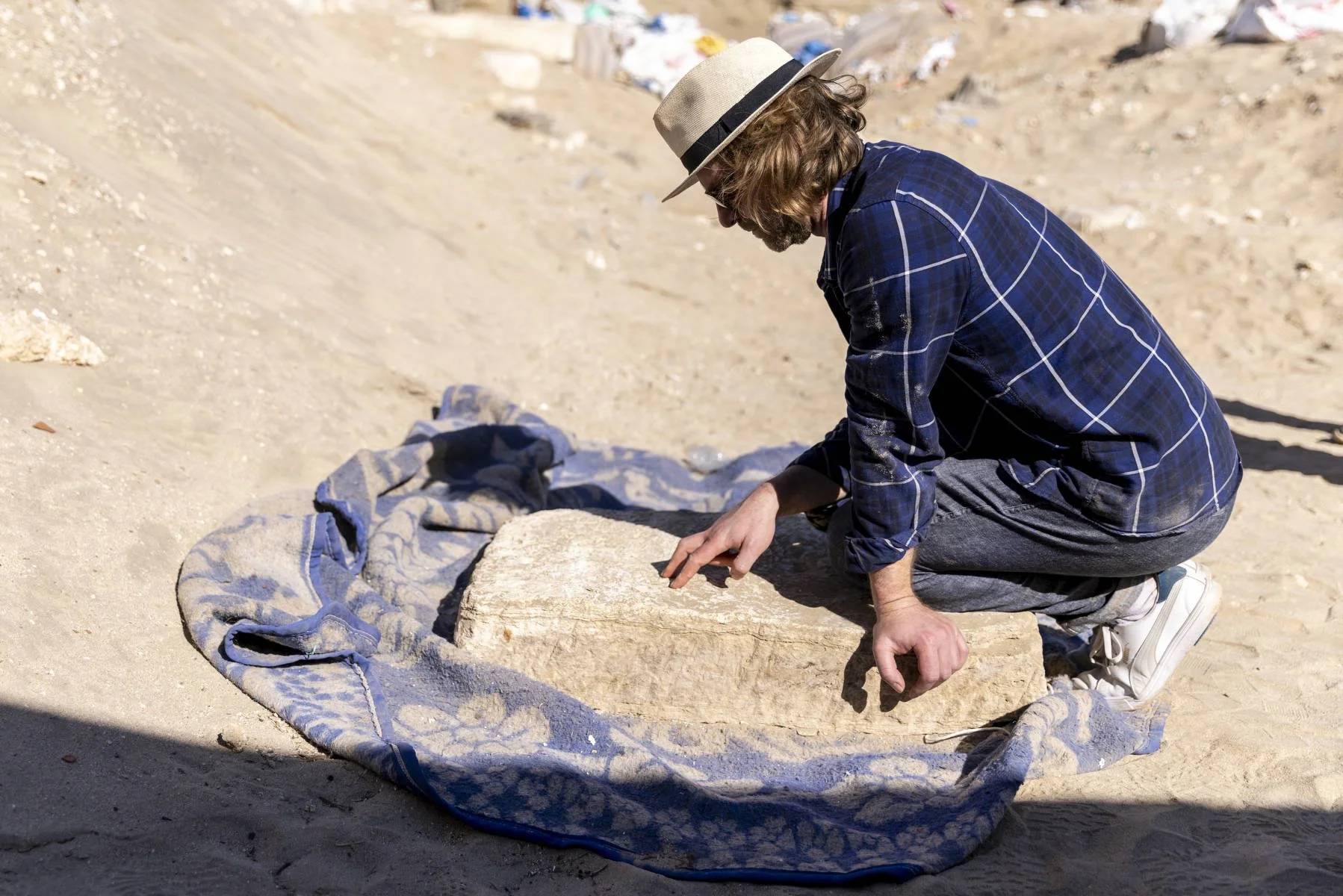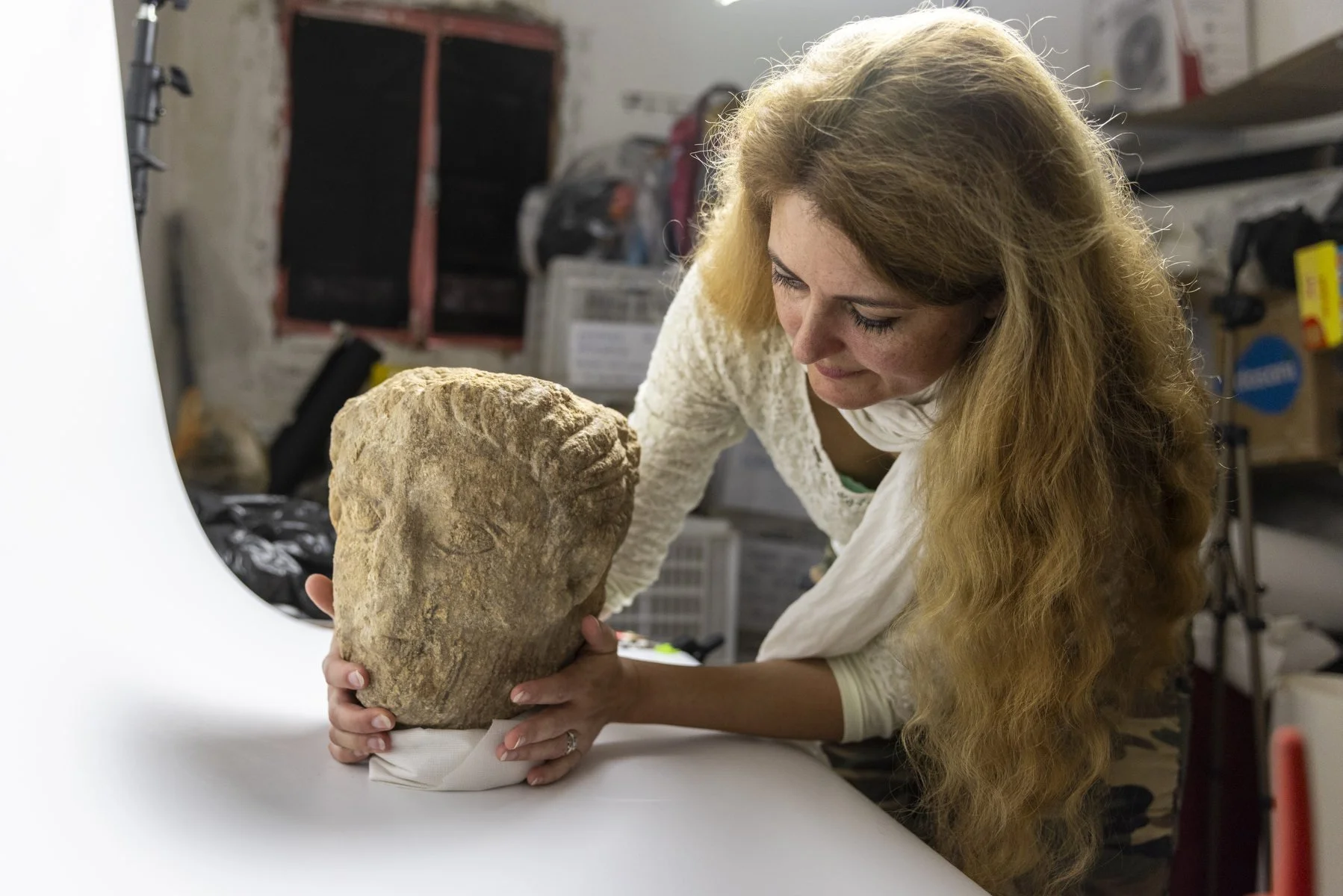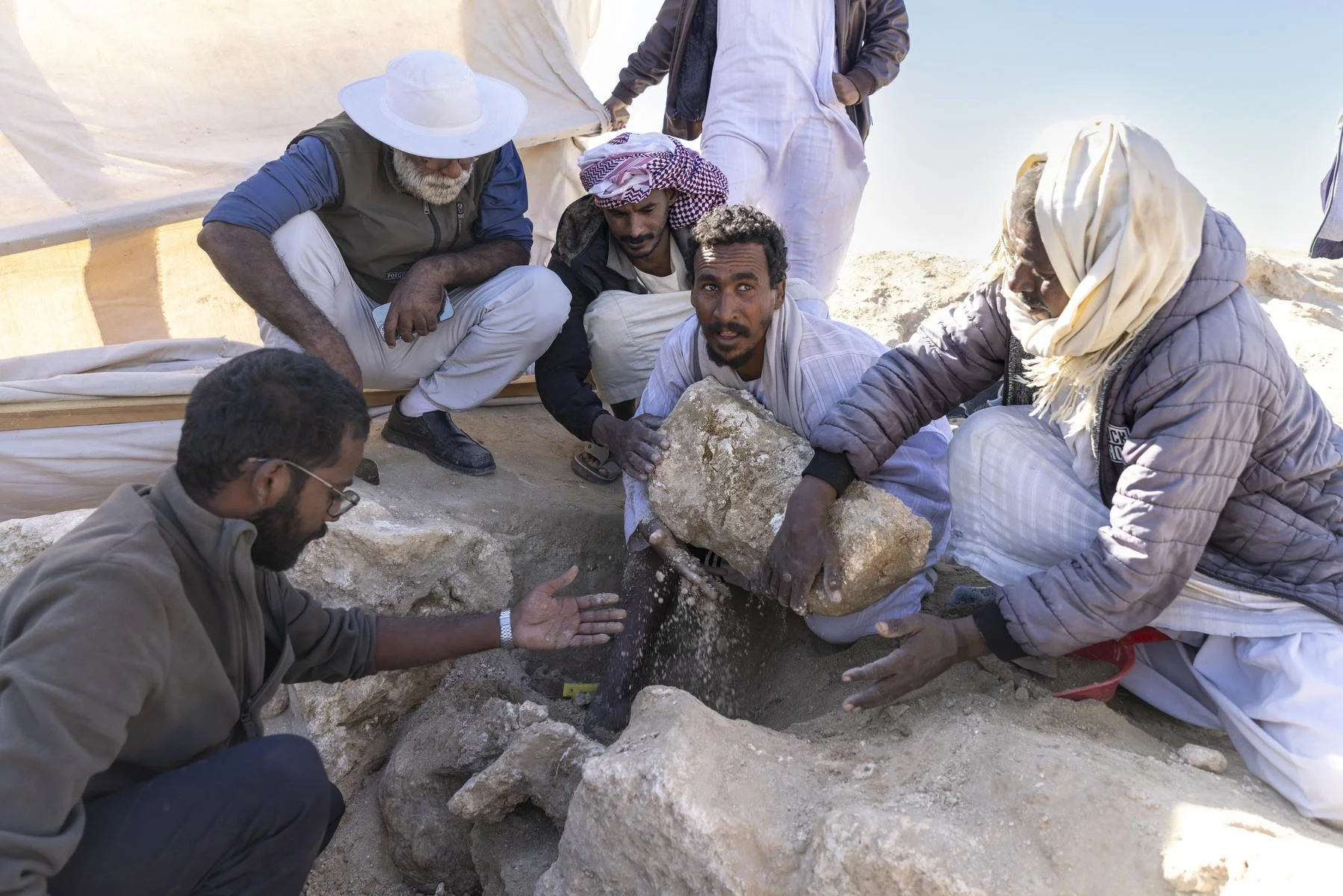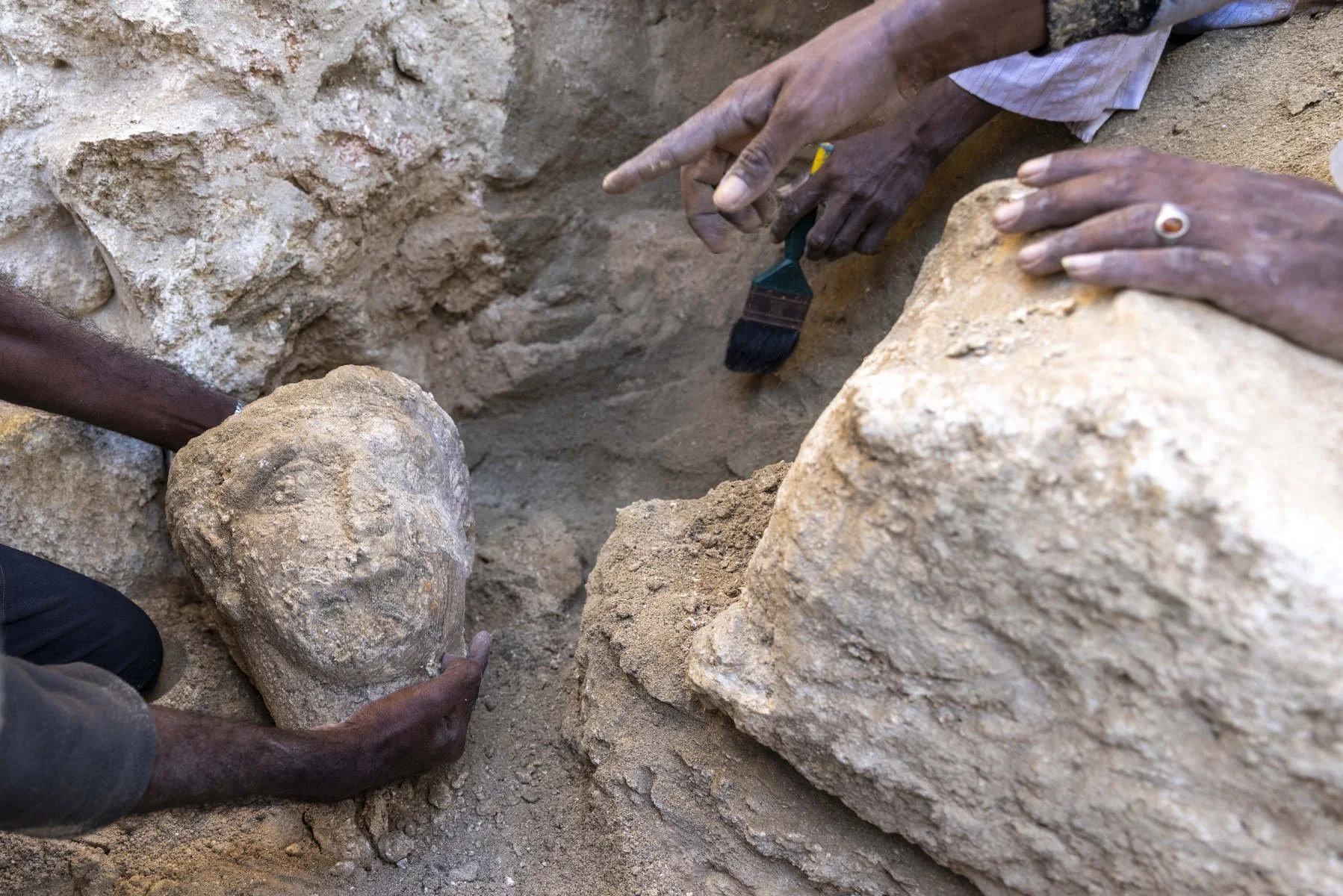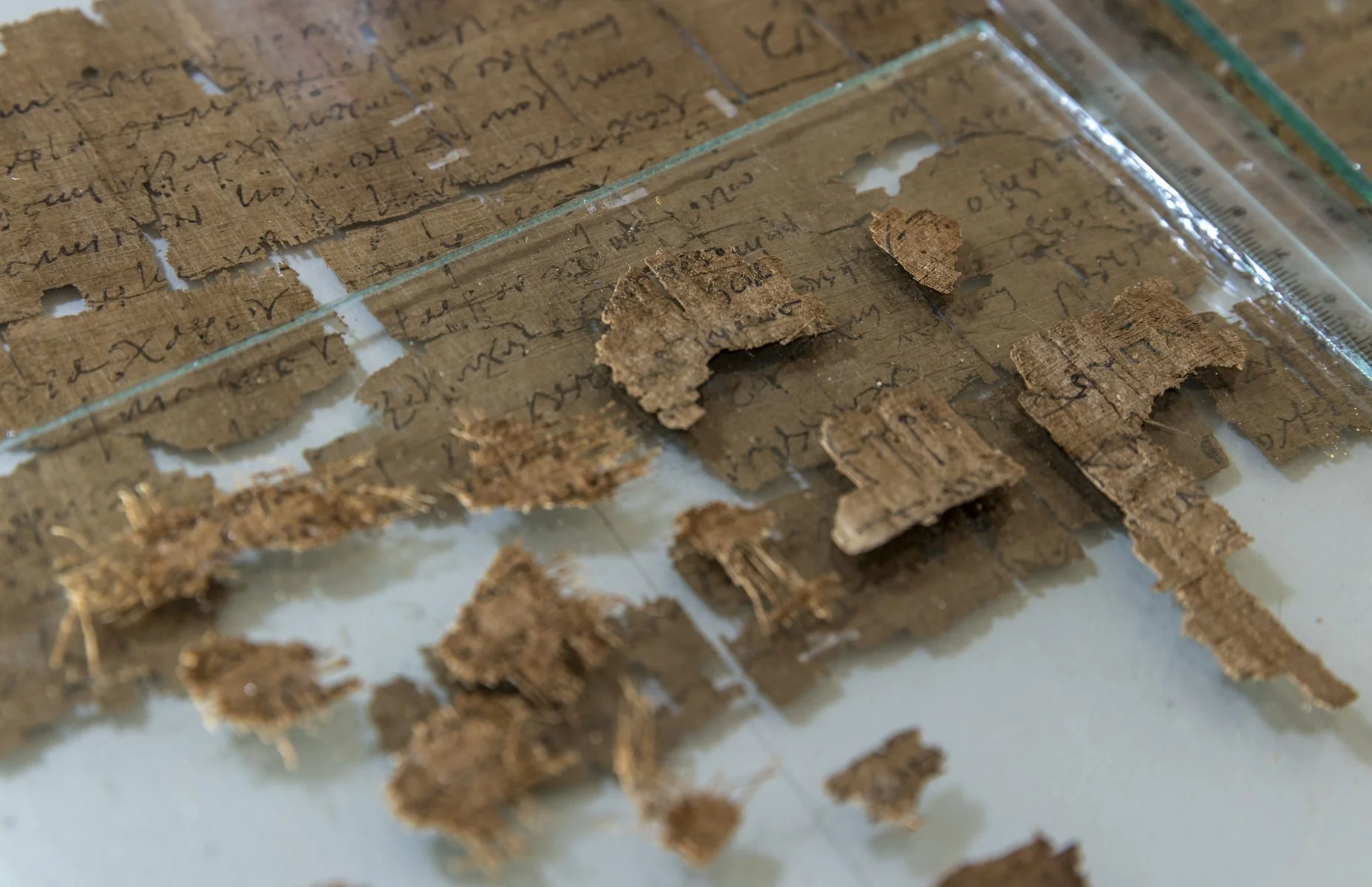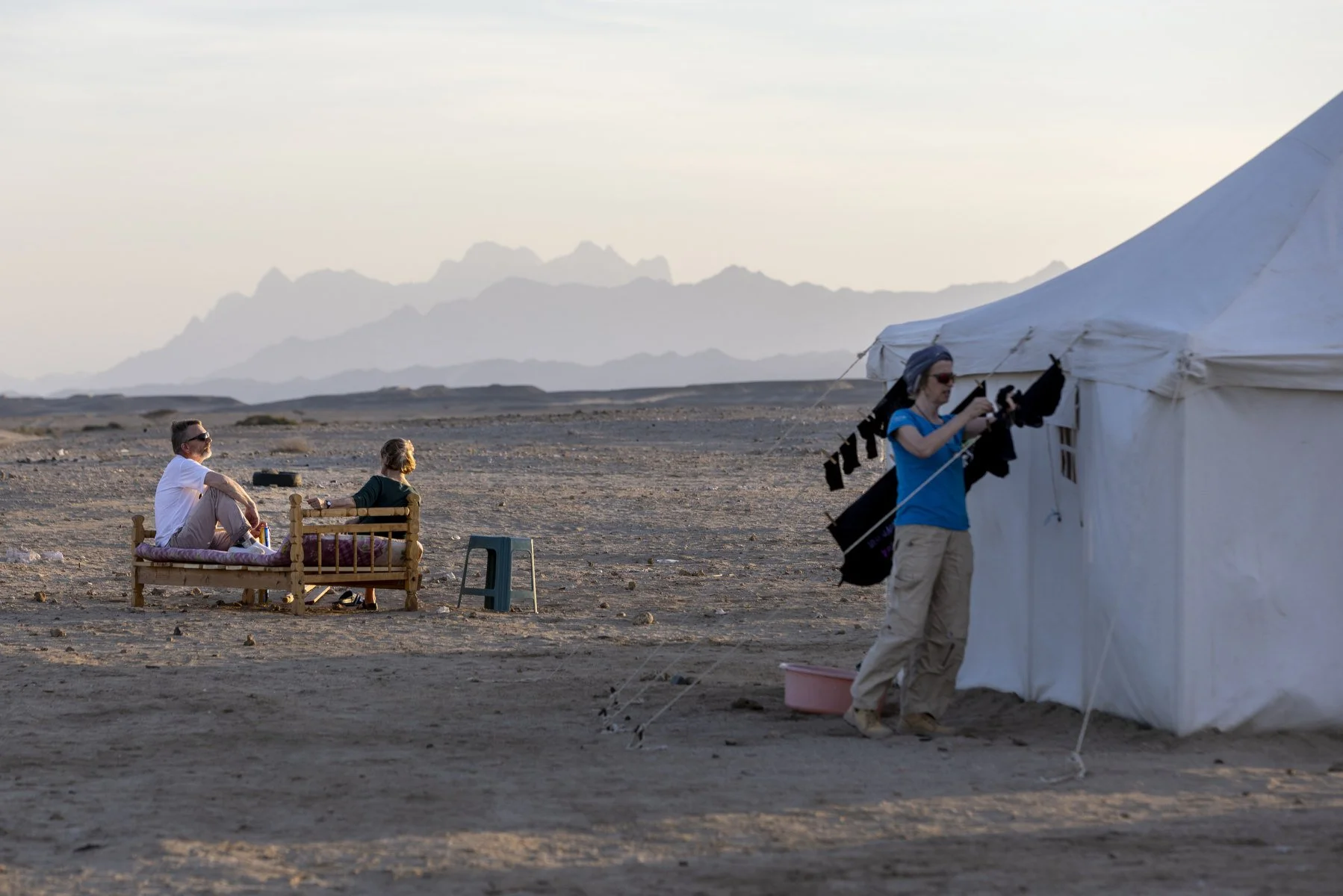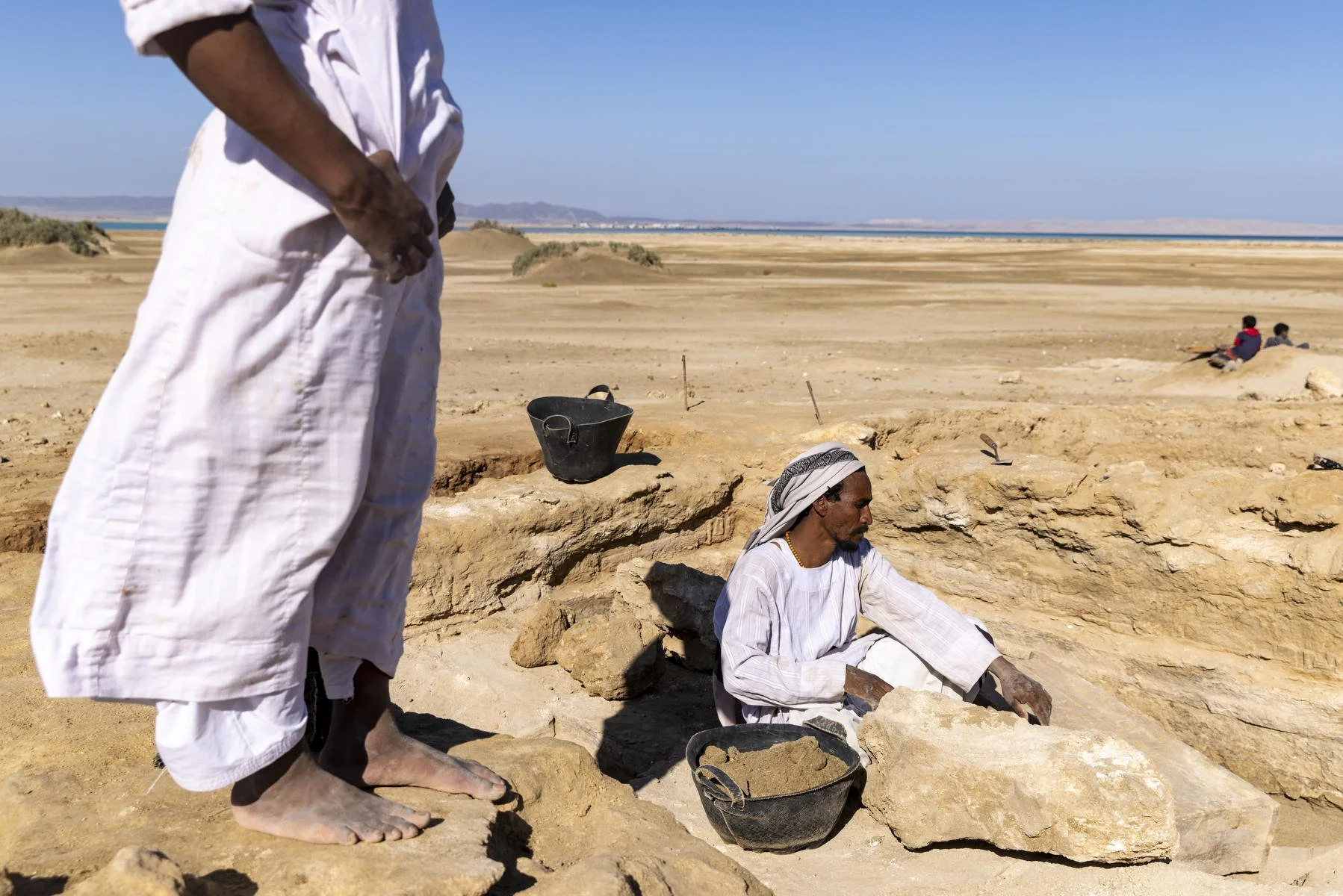
Berenike, The Hidden Connection Between Two Civilisations
2024
I joined an archaeological mission in Berenice, "Berenika," for Smithsonian Magazine. Berenika is located in the south of Egypt near the Sudan border by the Red Sea.
This mission, led by Archaeologist Steven Siebotham, uncovered one of Egypt's oldest ports, showcasing the historical connection between the East and West. Remarkably, they discovered a Buddha statue, Indian writings, elephants and monkeys, an Isis temple, Roman figures, and imported treasures such as ivory, incense, textiles, gems, and foodstuffs like Indian peppercorns, coconuts, and rice—all in one place. They also found the first animal cemetery ever discovered in the ancient world and a stele featuring a carved Greco-Roman arch framing a triad of early Indian gods. Daily discoveries were routine, with someone always calling the team to check out a new find.
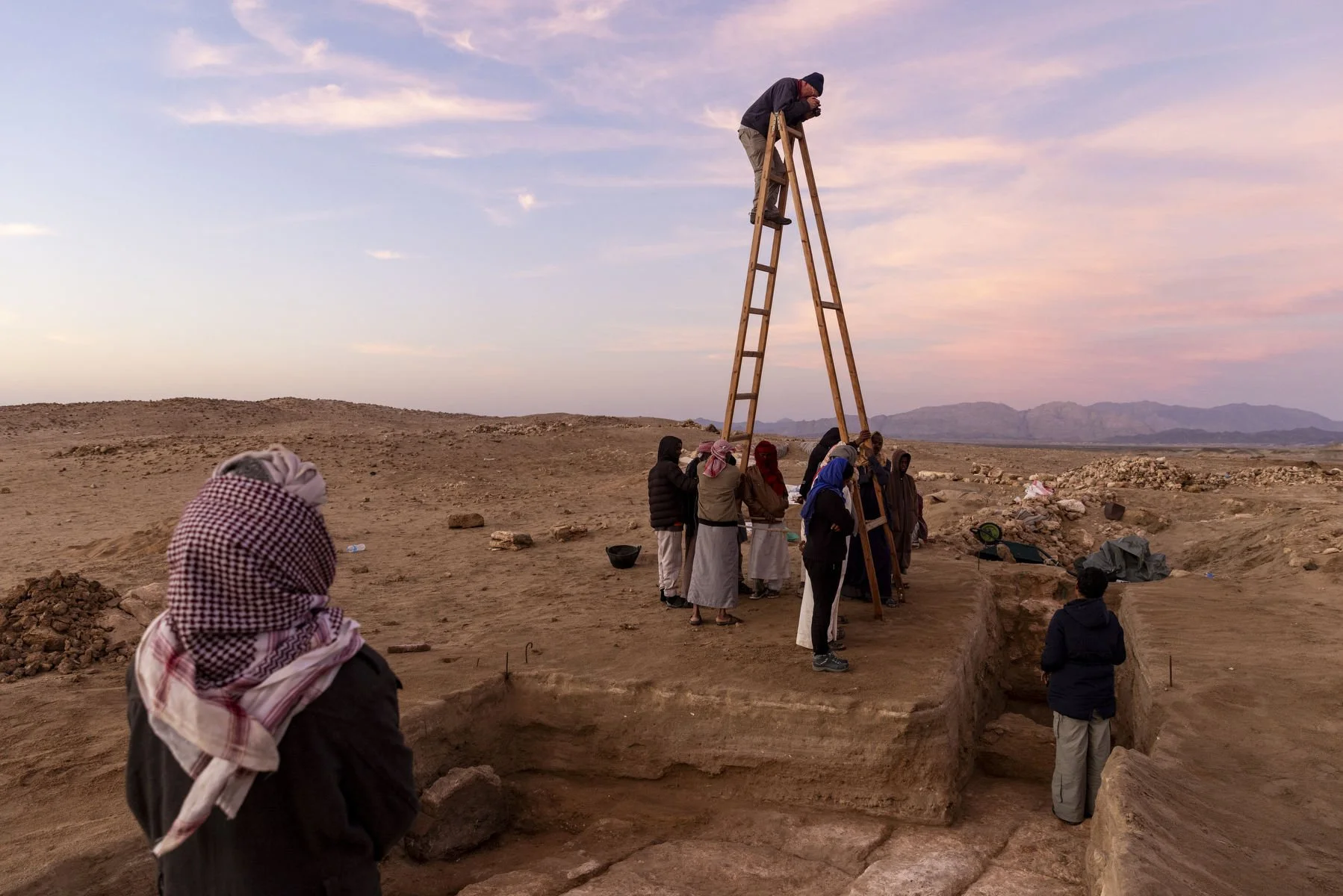
A stele with 3 Indian deities, the figures represent the Indic deities Samkarsana, Vasudeva and Ekanamsa found the Berenice site.
Bilingual Brahmi/Sanskrit-Greek dedication from the Isis temple courtyard dated 248/249 AD found in Berenice site.
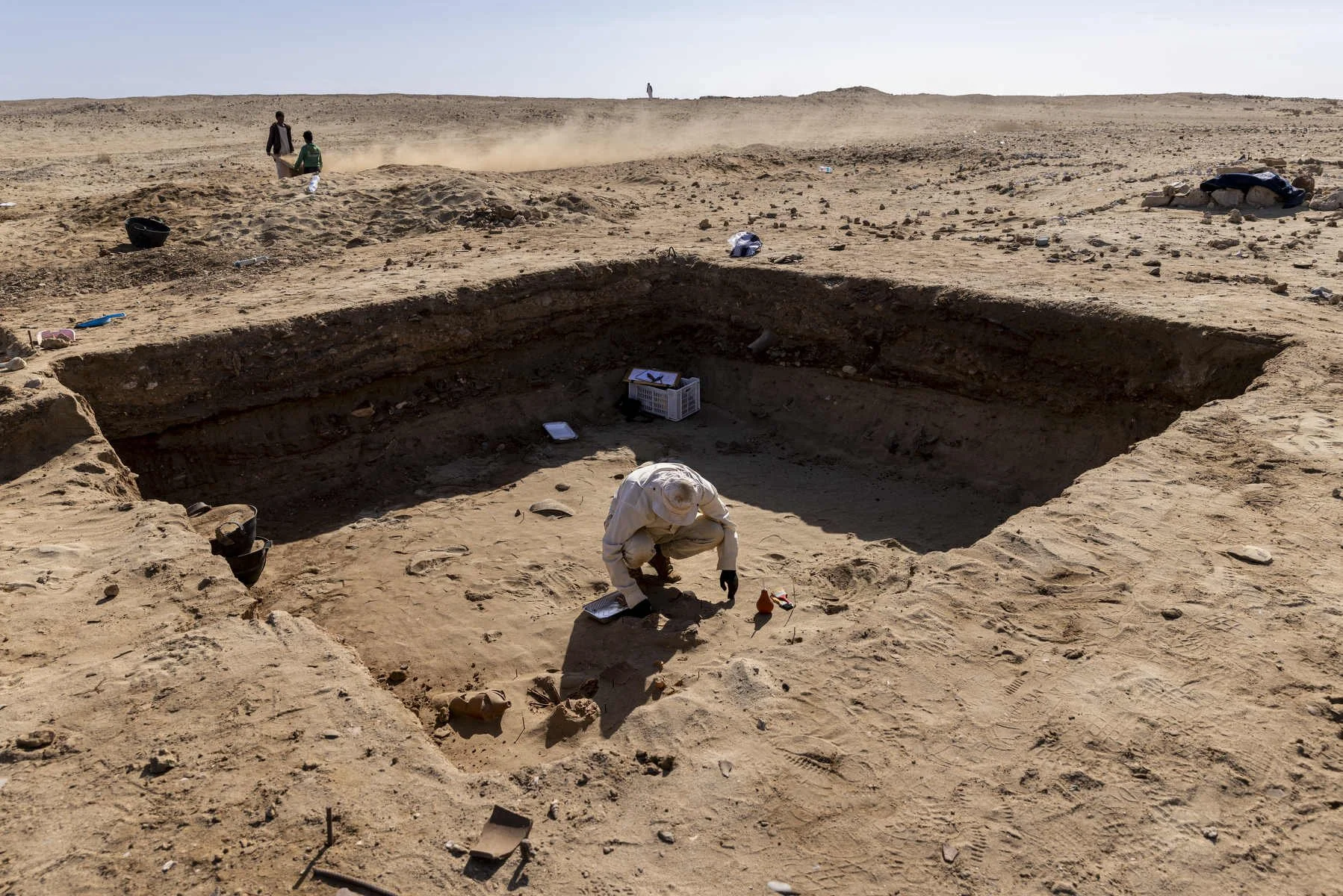
A pet cemetery at the Berenice excavation site along the Red Sea coast
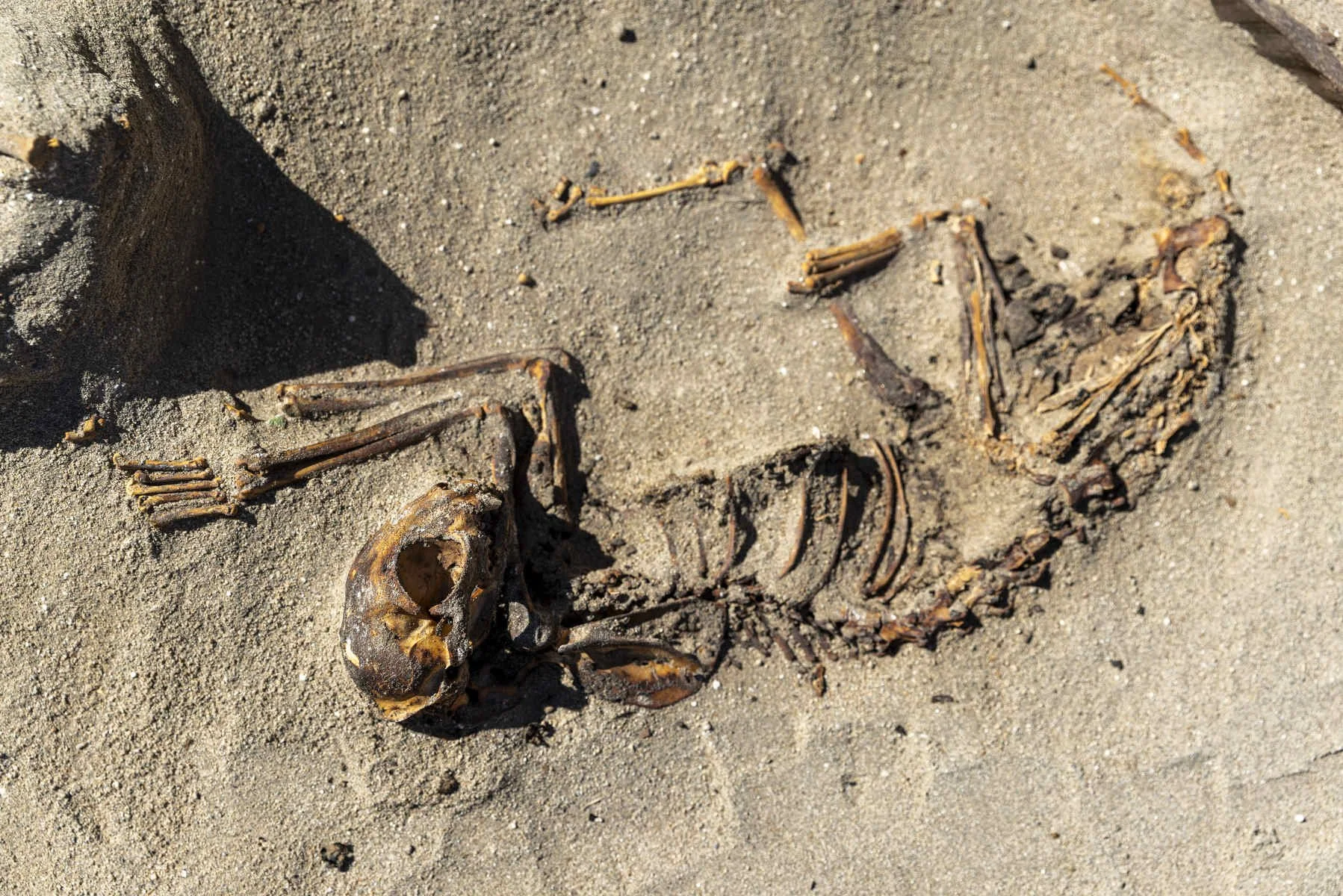
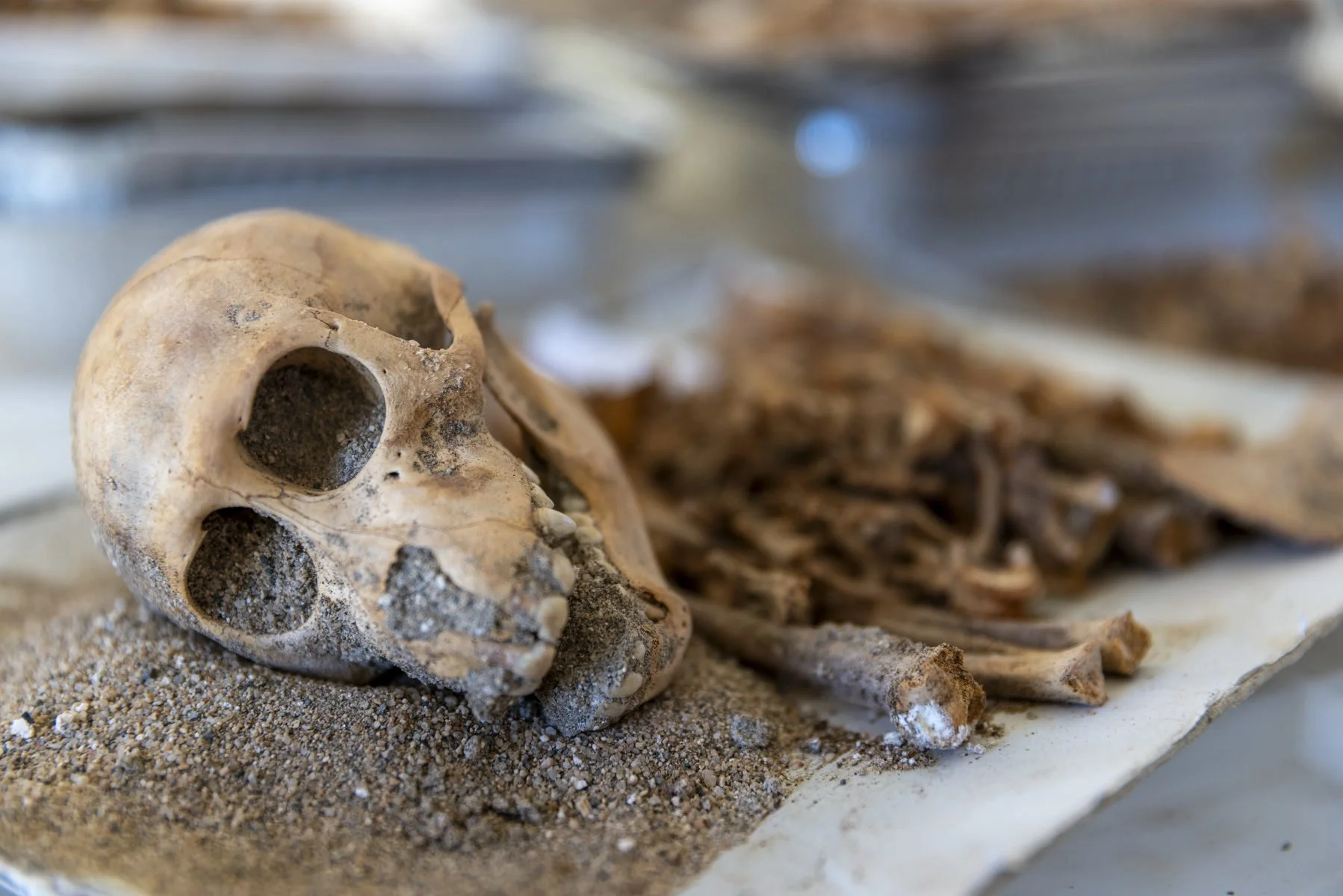

Ingo Strauch, an Indologist from the University of Lozan examining the Bilingual Brahmi/Sanskrit-Greek dedication from the Isis temple courtyard dated 248/249 AD
Kamilla Braulinska, An archaeologist and photographer of the Berenice mission, photographs a new find in the studio.
From Berenike, cargoes were transported by camel caravan to Coptos on the Nile, shipped down the river to Alexandria, and from there to Rome and the rest of the Mediterranean world in the old times. In Berenike, one can stumble from one religious institution to another. It’s also where the first Buddhist inscription was found in Egypt. One archaeologist described Berenike as “a beautiful window to the outside world.”

A Horus statue found in the northern complex of the Berenice site
Extracting a new find from one of the trenches at the Berenice excavation site.
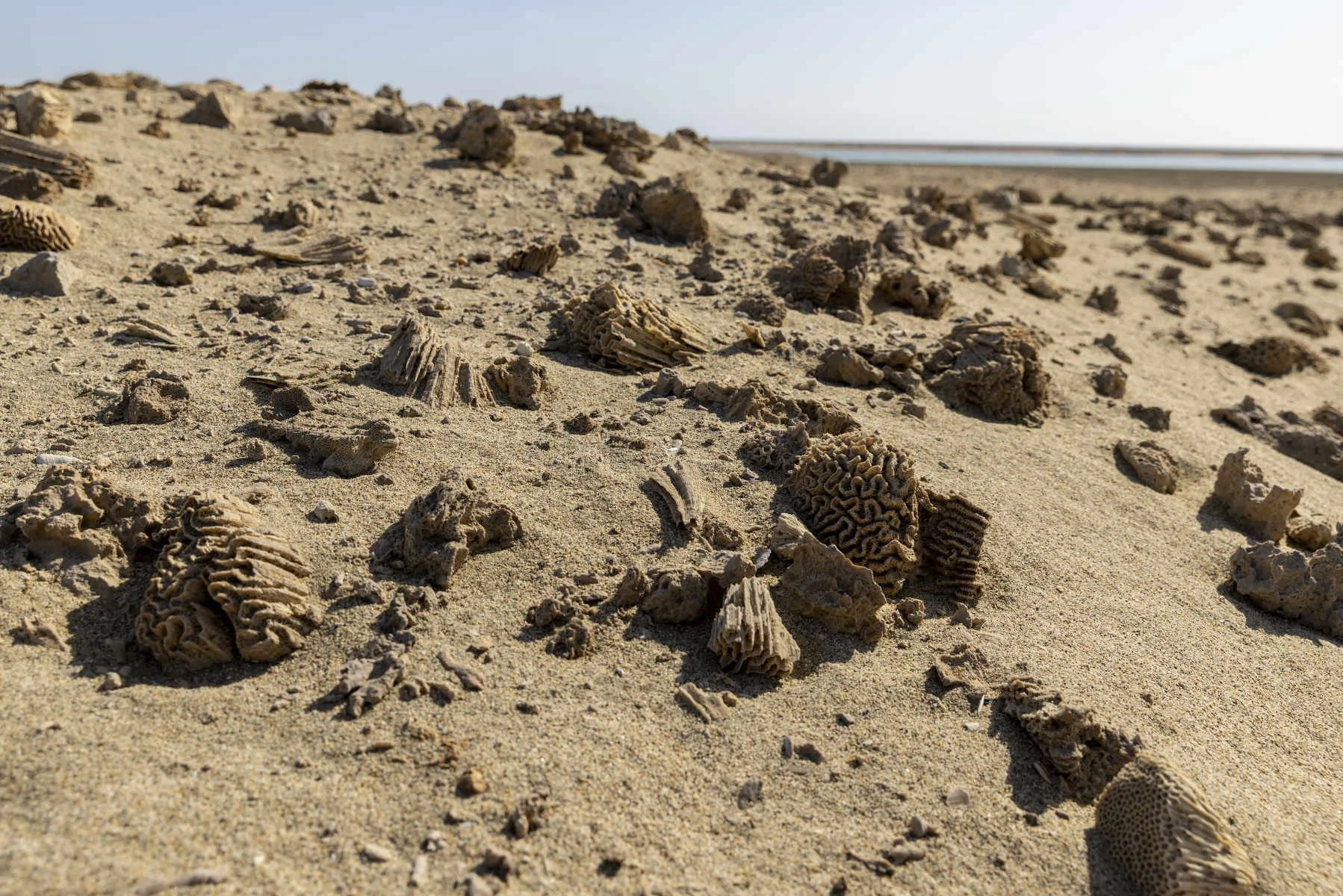
Coral Reefs seen at the Berenice site, situated along the Red Sea coast
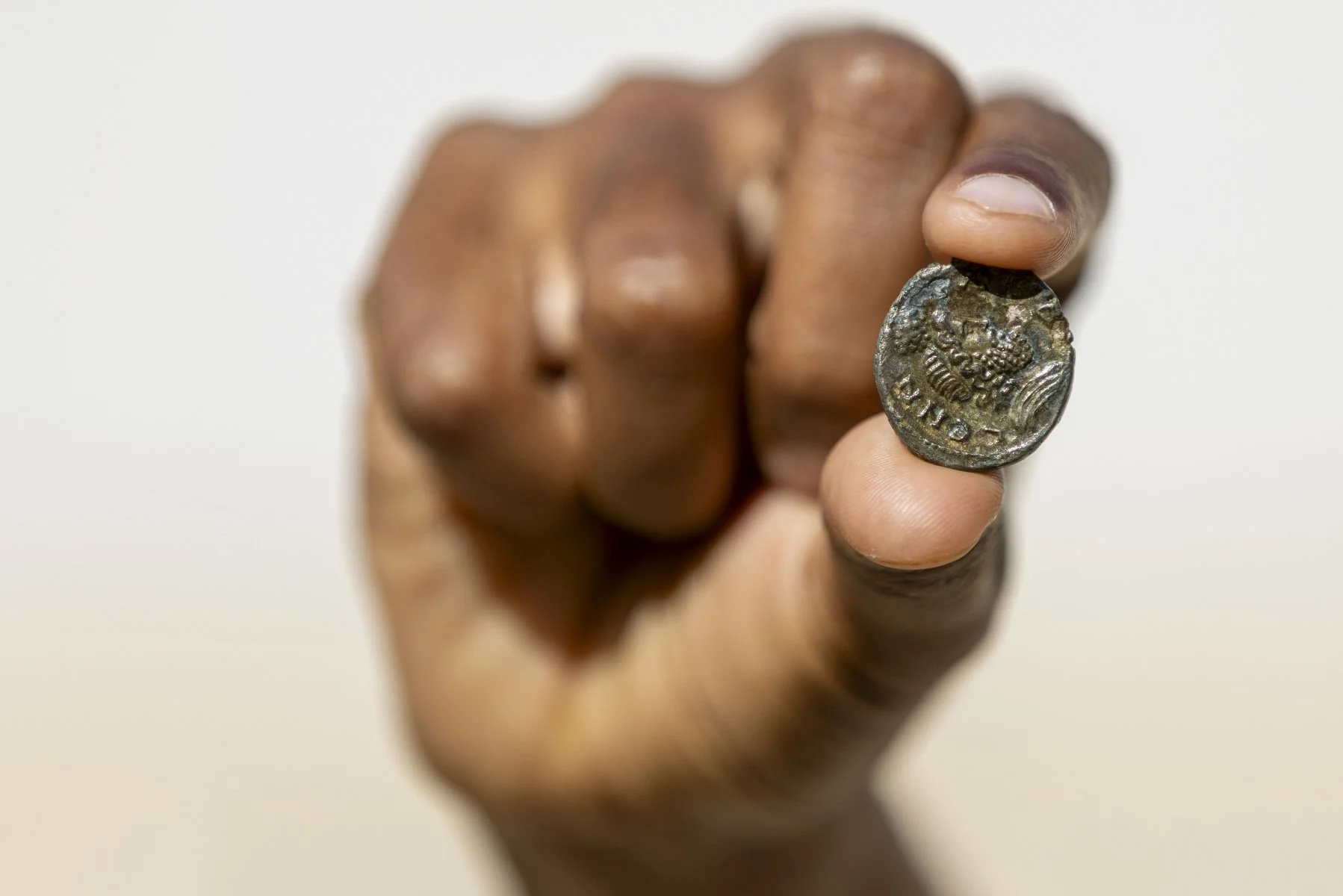
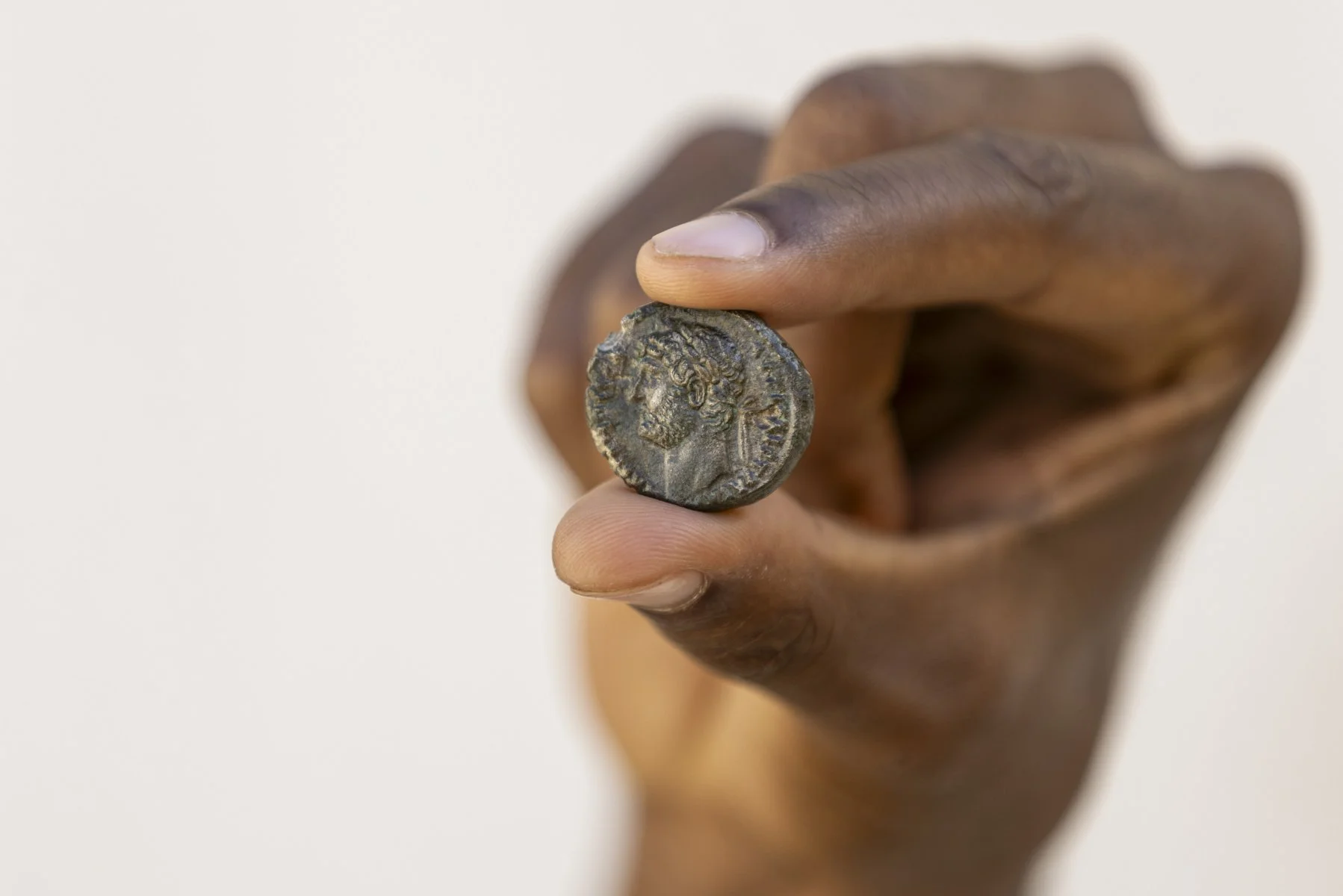
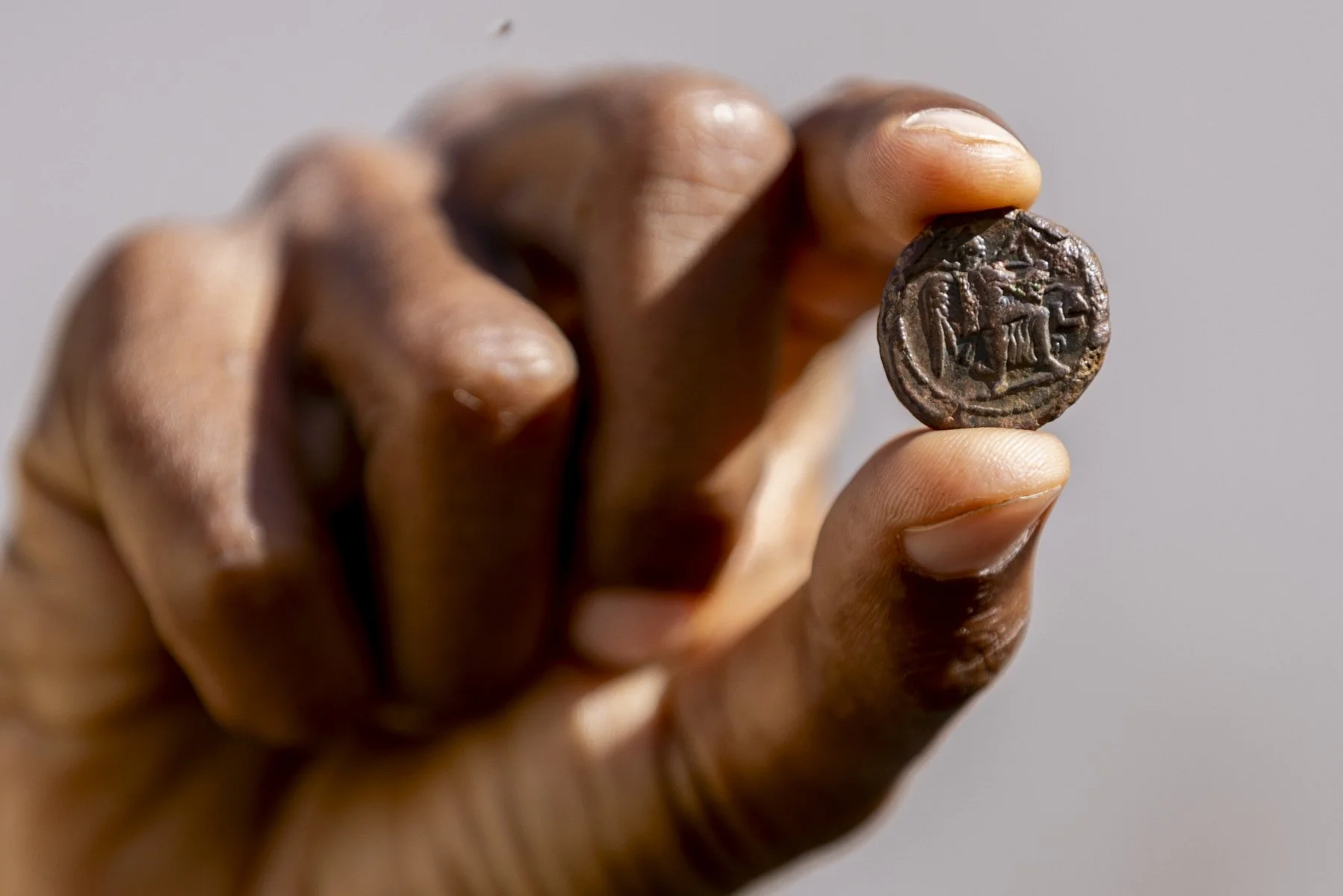
Ancient coins were discovered at the Berenice excavation site
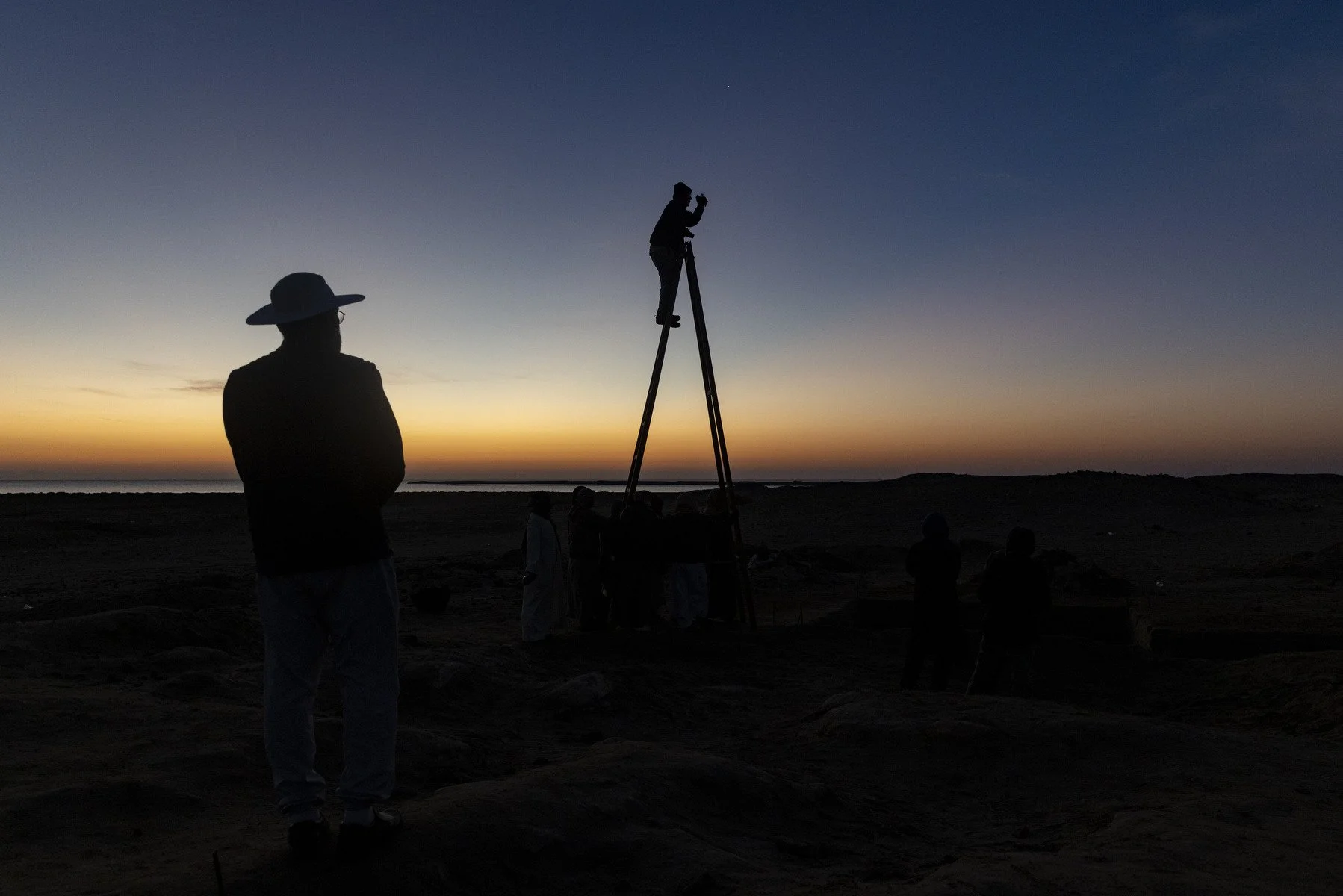
A papyrus found in the pet cemetery from the Roman period in the Berenice site.
Parts of the ceiling of the Isis temple at the Berenice excavation site.
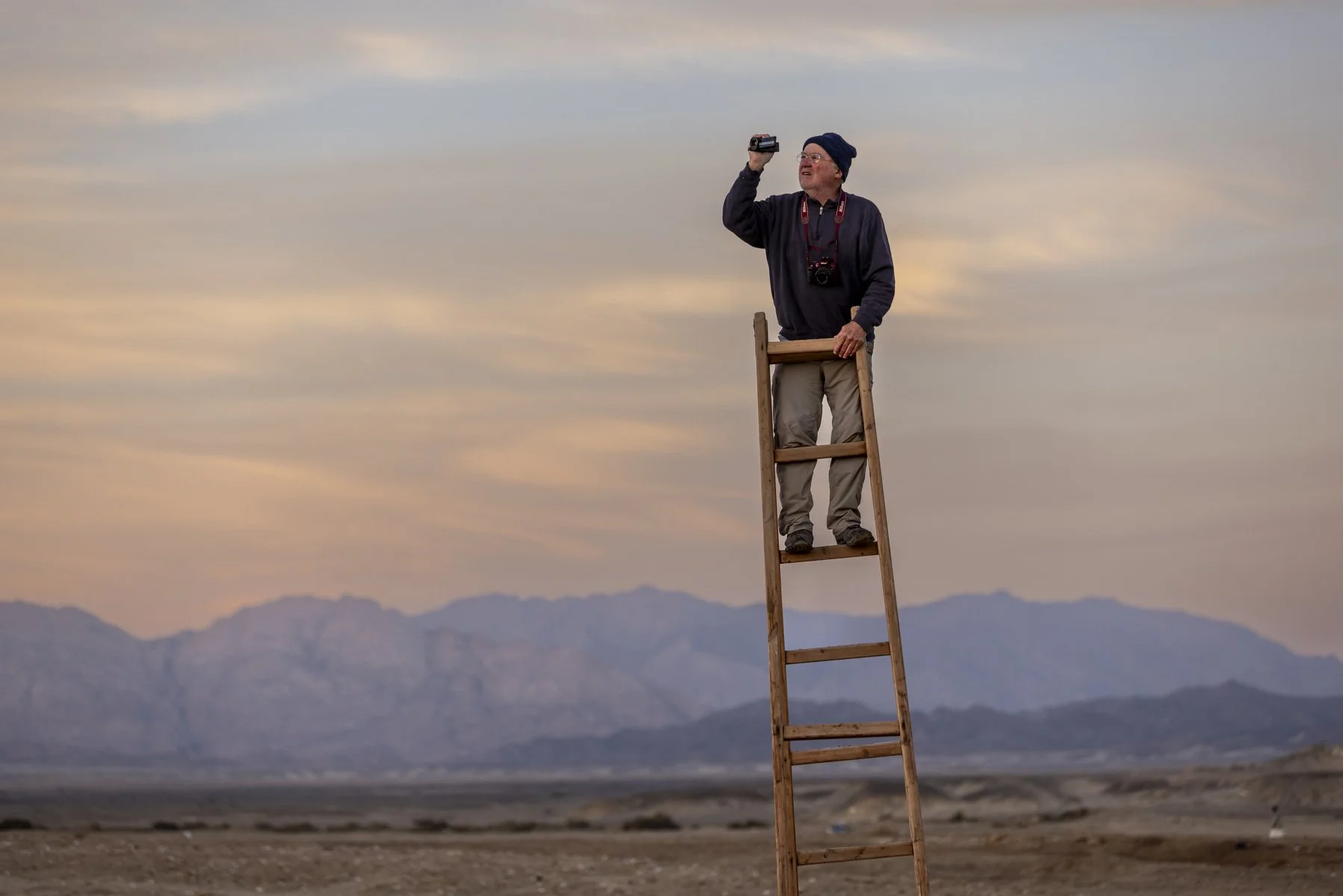
Steven Sidebotham, the head of the Berenice excavation mission. He documents and photographs the trenches in the early morning before concluding the mission with his team
Every winter, from November to January, an archaeological mission led by 72-year-old Steven Sidebotham brings together a team from around the world to uncover the secrets of Berenice. having known he wanted to be an archaeologist since the age of 14. After training in Cairo, Athens, and the United States, he worked in Italy, Greece, Libya, Tunisia, and elsewhere before focusing on the Red Sea coast in 1980.
Photography plays a crucial role in this work, where the team always obliged to document every piece as it is found and after cleaning. It’s a vital part of archaeology and antiquites work.
Steven got the permit to excavate in Berenike 30 years ago, he believes that revealing the hidden gems in the Red Sea would have never happened without the trust of the locals who guide him to these sites in many times.
The mission start their work at 5 a.m. each day, they live in small, white tents with water trucked in, solar-powered devices, locally cooked food, and toilets dug into the sand. The only permanent structure is a simple brick building with offices and storerooms around a central courtyard.
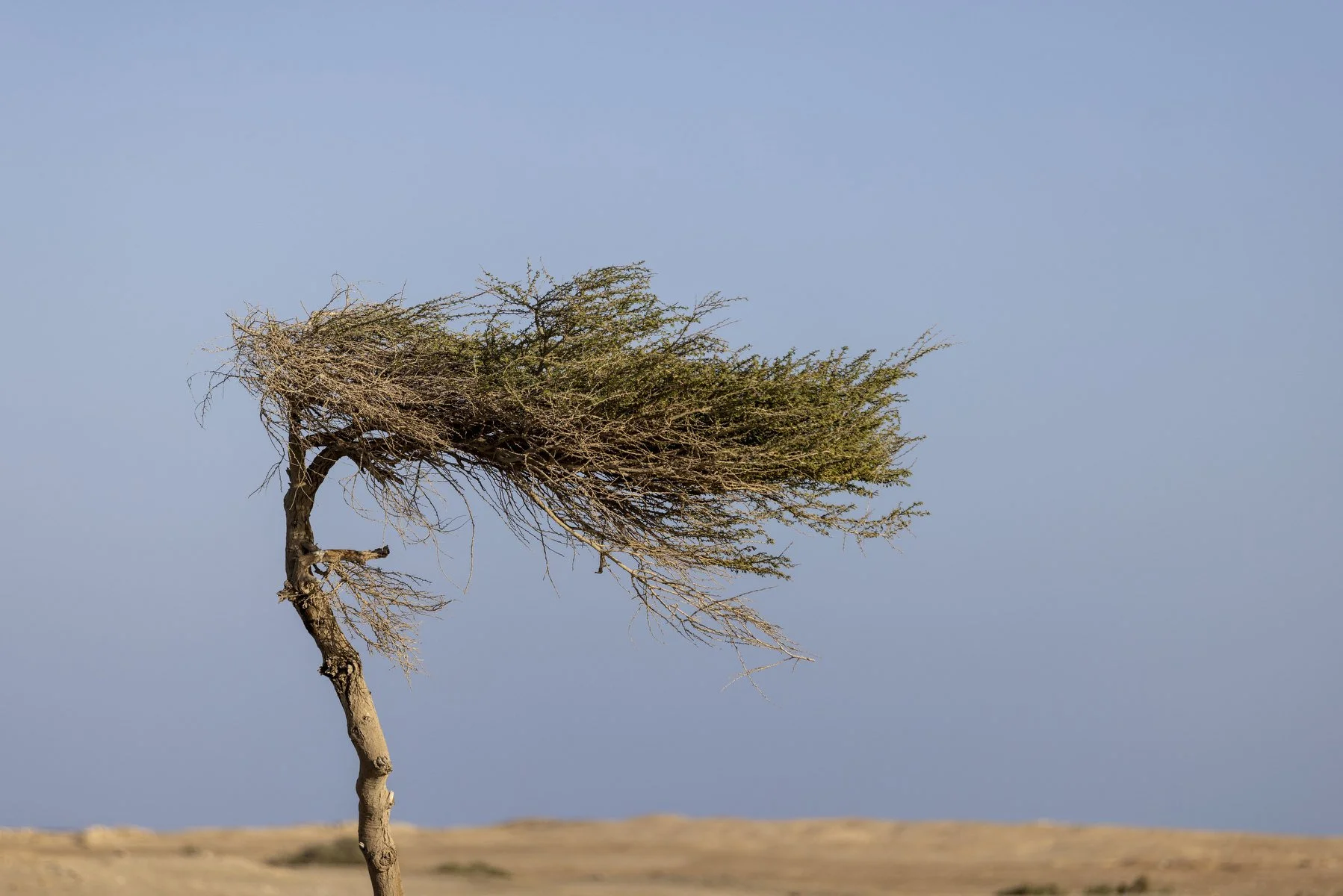
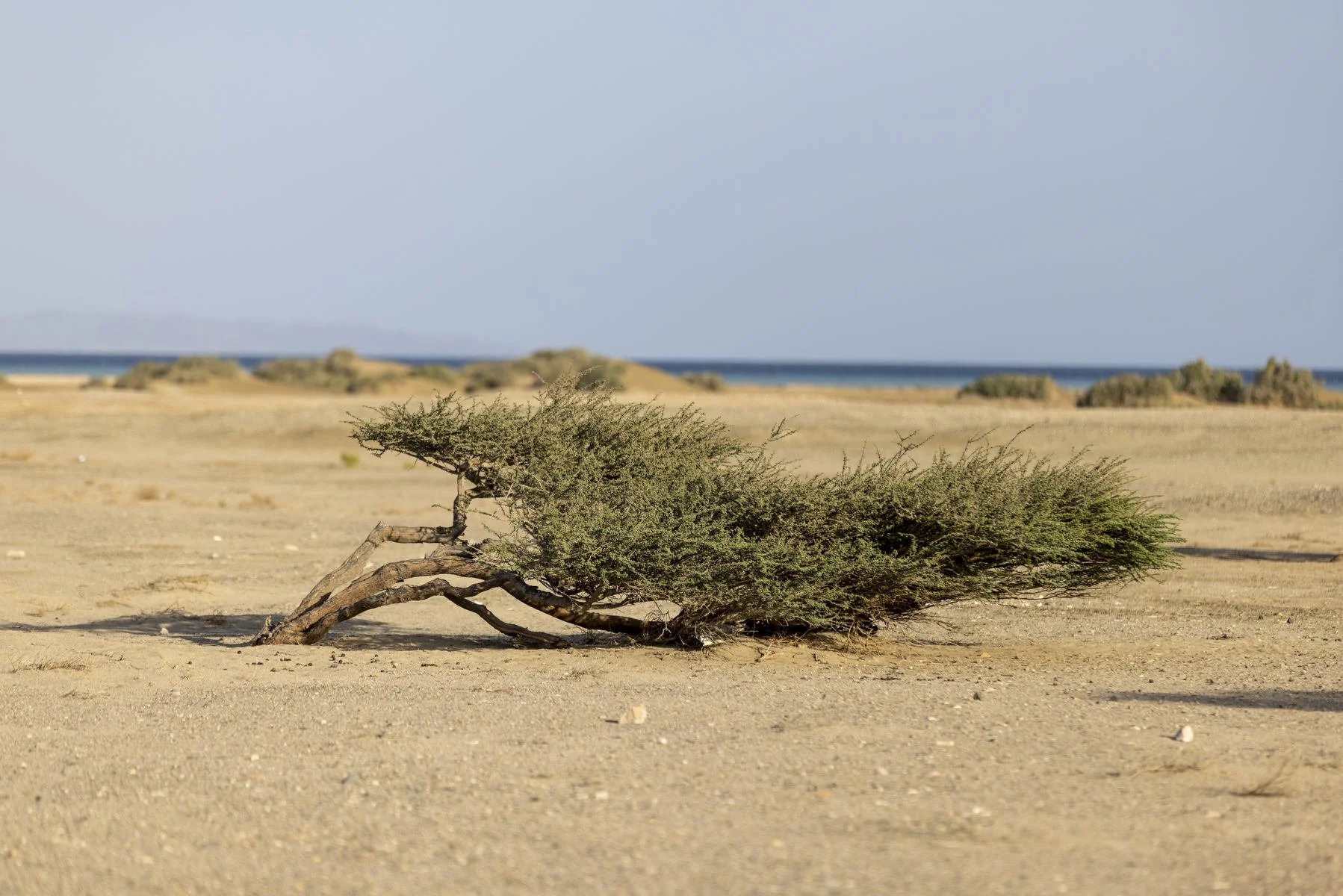
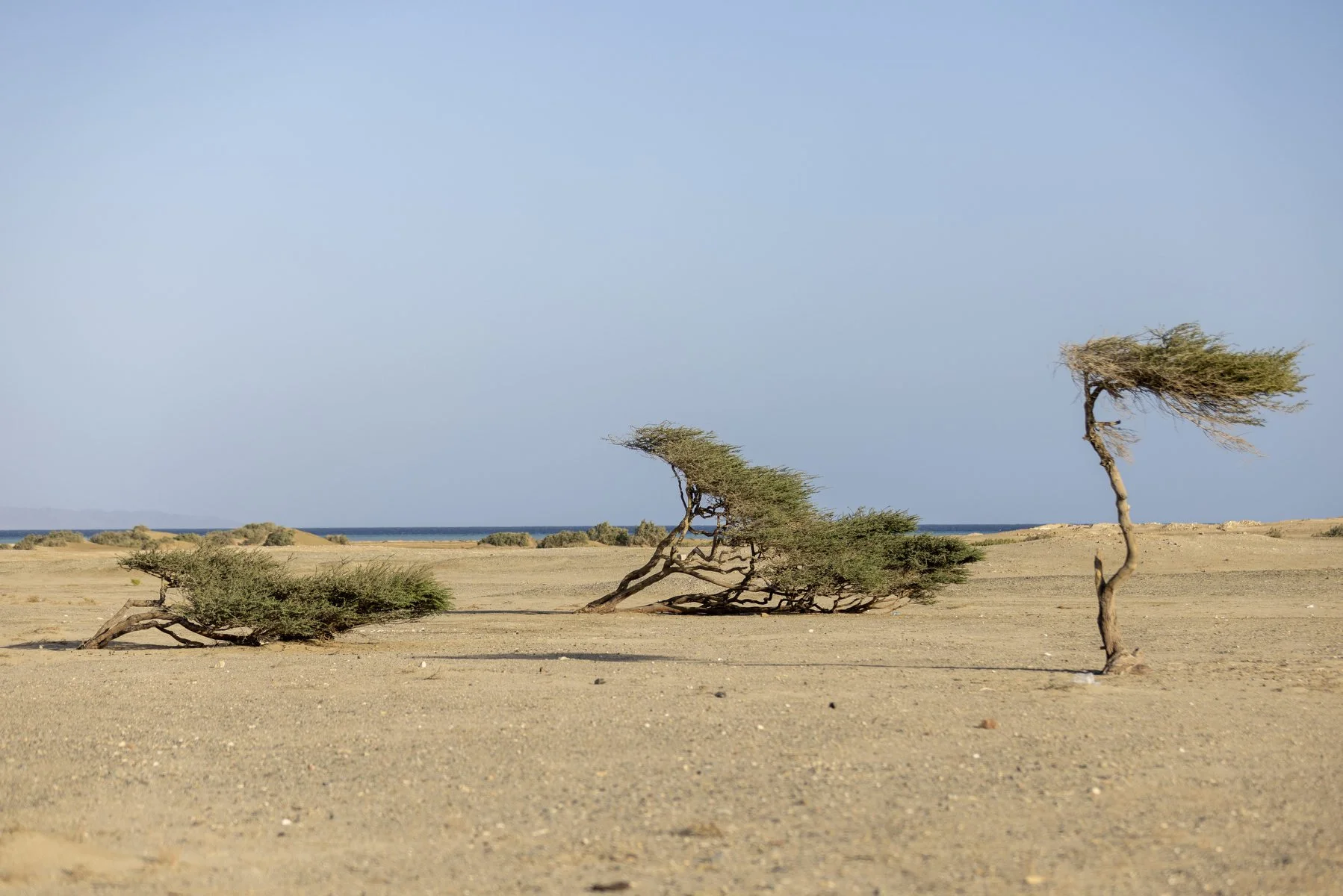
Acacia trees in the Berenice site, the shape of the tree shows the eternal northern wind
